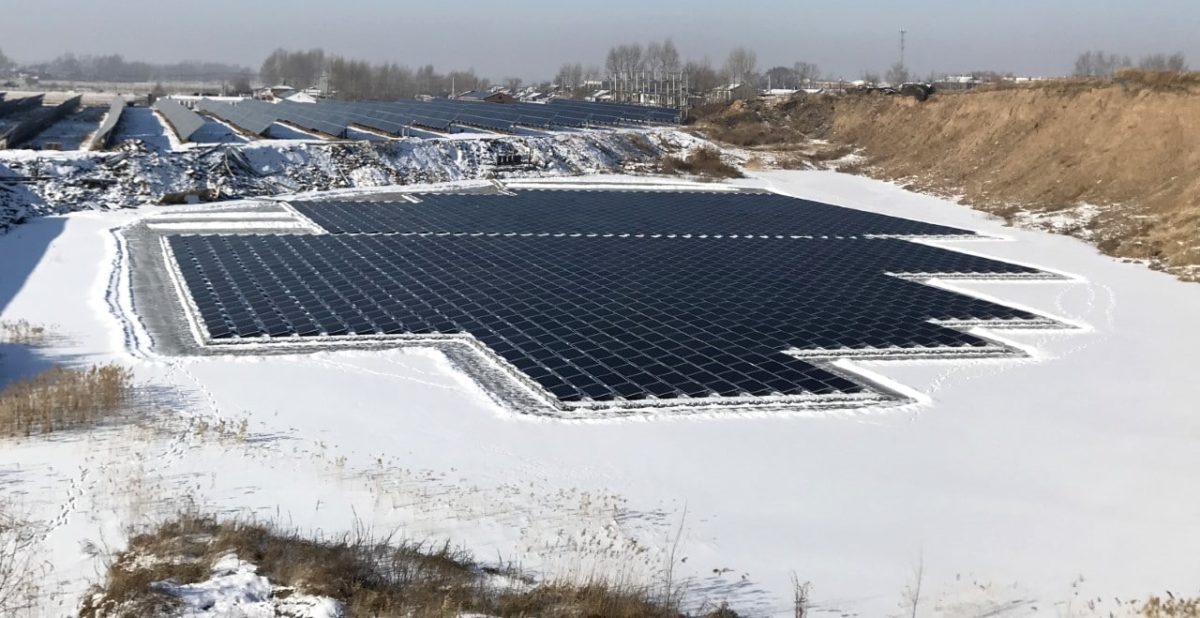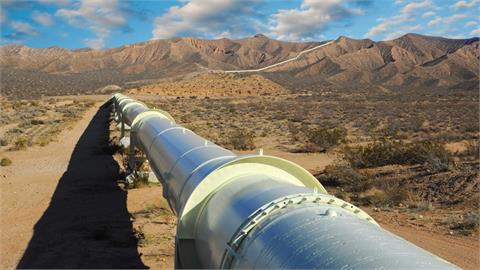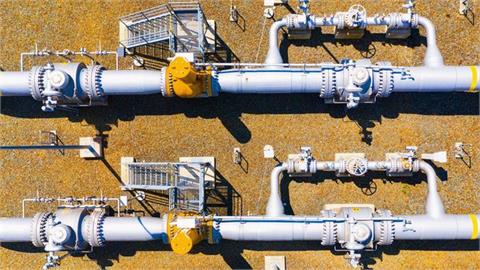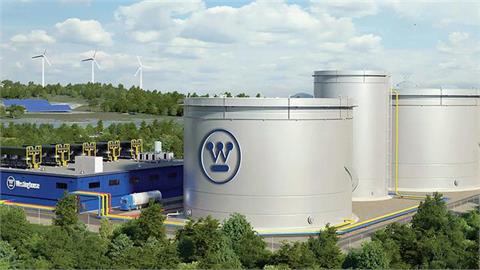by Emiliano Bellini* What happens to a floating PV system located in cold climates during freezing temperatures? How is the plant handled and which kind of risks could be associated with these unfavorable climatic conditions? We have sought to answer these questions with the help of Kane Wang, manager of Sungrow Floating’s system solution department.
Sungrow Floating, a unit of Chinese inverter maker Sungrow, built a 500 kW floating PV array on a water surface located in Bayan County, Heilongjiang Province, in Northeast China, where temperatures in winter can reach -20 degrees Celsius. The plant covers around 90% of the water surface of a lake and the company has explained what happens to the PV system during freezing times.
"The lake freezes for about four months from November to March each year,” Kane Wang, manager of system solution department at Sungrow Floating, told pv magazine. "During the freezing period of lake water, the entire array will be frozen.”
The ice layer may be squeezed and uplifted where it is thicker, and the floating PV system is fixed on the surface of the ice layer, Wang noted. The anchorage construction in extremely cold areas is usually installed before temperatures reach the freezing point. "If the installation is required in the freezing period under special circumstances, the corresponding ice-breaking plan shall be adopted first, and the ice shall be removed before construction,” Wang explained. "At the same time, the influence of floating ice and frost heaving on the floating array should be considered in the design of anchorage system.”
When using concrete piles or gravity anchors as underwater anchoring material, the frost heave resistance of concrete should also be considered. When using a shore anchor, it is necessary to consider the squeezing and floating effects of freezing on the anchor. These are different from those of an anchoring system in non-freezing areas.
Wang also highlighted that extremely cold areas are often accompanied by high snow loads, which necessitate special anchoring materials, relatively slow construction efficiency, and a higher project cost than that of conventional floating PV projects. "Then the technical requirements for the floating system are more important,” he added. "For instance, a larger buoyancy-weight ratio should be considered in the design, and the floating body can be flexibly adjusted base on the difference of snow load in each area.” The quantity of the floating body can be increased or reduced based on the local snow load to realize the adjustable buoyancy per unit area so as to achieve the optimal system cost, he pointed out.
(for further reading, visit here)
*Emiliano joined pv magazine in March 2017. He has been reporting on
solar and renewable energy since 2009. Emiliano is responsible for the
daily news coverage on pv-magazine.com with a particular focus on
European market.
Emiliano also covers new technology, R&D, installations and company
financial reporting. In its previous experience as a journalist,
Emiliano has written about EdTech and new language technologies.
(www.pv-magazine.com, January 15, 2021)




